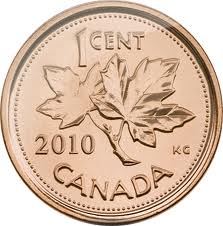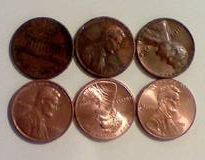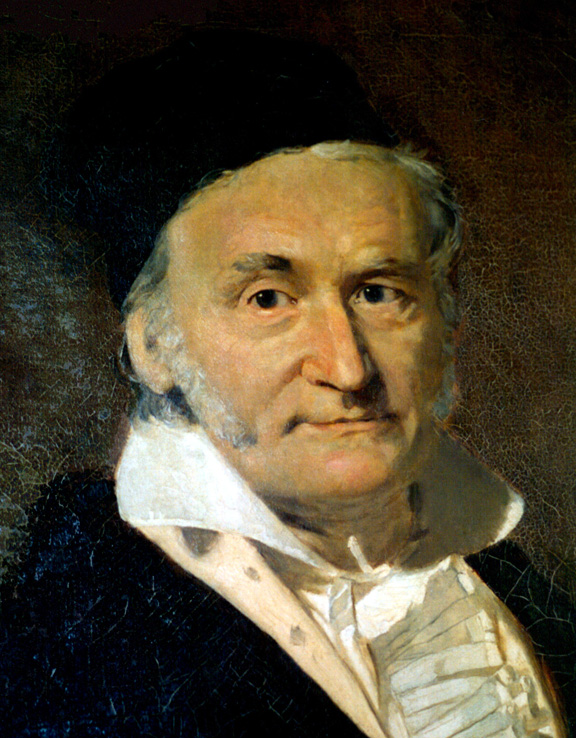- Reminder: please shut down your electronics.
- You will have a quiz Friday, and it might have a problem or two from your homework assignments. Keep tabs on that assignment page. I've added a new assignment for today.
- We took a few more cracks at "counting by partition", or "primitive counting". In particular, we learned to start from the string (or "knotted cord" provided by the farmer to the king, and decoded it to write down the number of sheep that the farmer had.
- We ended the day by seeing a "counting
card trick" based on counting. Your job was to figure out why it
works.
Will found this video on YouTube which explains the positions of the final three cards. (The original post, showing the card trick itself, is here).
It doesn't really explain why those positions make sense. Any further observations?
We want to understand each of these notions:
- prime,
- composite,
- square, and
- triangular numbers
So we're interested in arranging our pennies (i.e. rocks) in groups with certain properties.
All numbers of pennies can be arranged into a line (this is Humphrey's "Furry Arms" method):





Some numbers of pennies can be arranged into
- rectangles (of more than one row):

(Note that this is how Humphrey said the number of fish -- he blocked the fish into two groups of fish.)
- squares
- triangles
Another way of saying that a number is composite is to say that it can be broken up into groups (each with more than one member) that can each be put into one-to-one correspondence with each other.
So 9 is an example, a square. It can be broken into three groups of three; so each group can be put into one-to-one correspondence with any other group.
Notice that we said greater than one in the definition above. The number 1 is special, and considered neither prime nor composite. This is emphasized in chapter 25, and we'll come back to it next time.
Let's look at examples of each.
- Using your pennies, make (and document) all rectangles for pennies up to 15. Then answer me this: "What's special about 12?"
- Find and illustrate the triangular numbers until you run out of pennies!
- odd and even
- odd and odd
- even and even
Rock groups suggest formulas for representing even and odd numbers:
| Evens: | 2*n |
| Odds: | 2*n+1 |
- Do you see the theorem expressed in the rocks?
- Can you see the form "2n+1" in the rocks?
- I see a new theorem: T5+T4=52 (In words, "the sum of the fourth and fifth triangular numbers is the fifth square".) By playing with rocks we discover relationships. It's probably how primitive civilizations did it, too!

Once again, rock groups give us a formula for representing triangular numbers. So let's go through the reasoning for the housekeeper's answer.